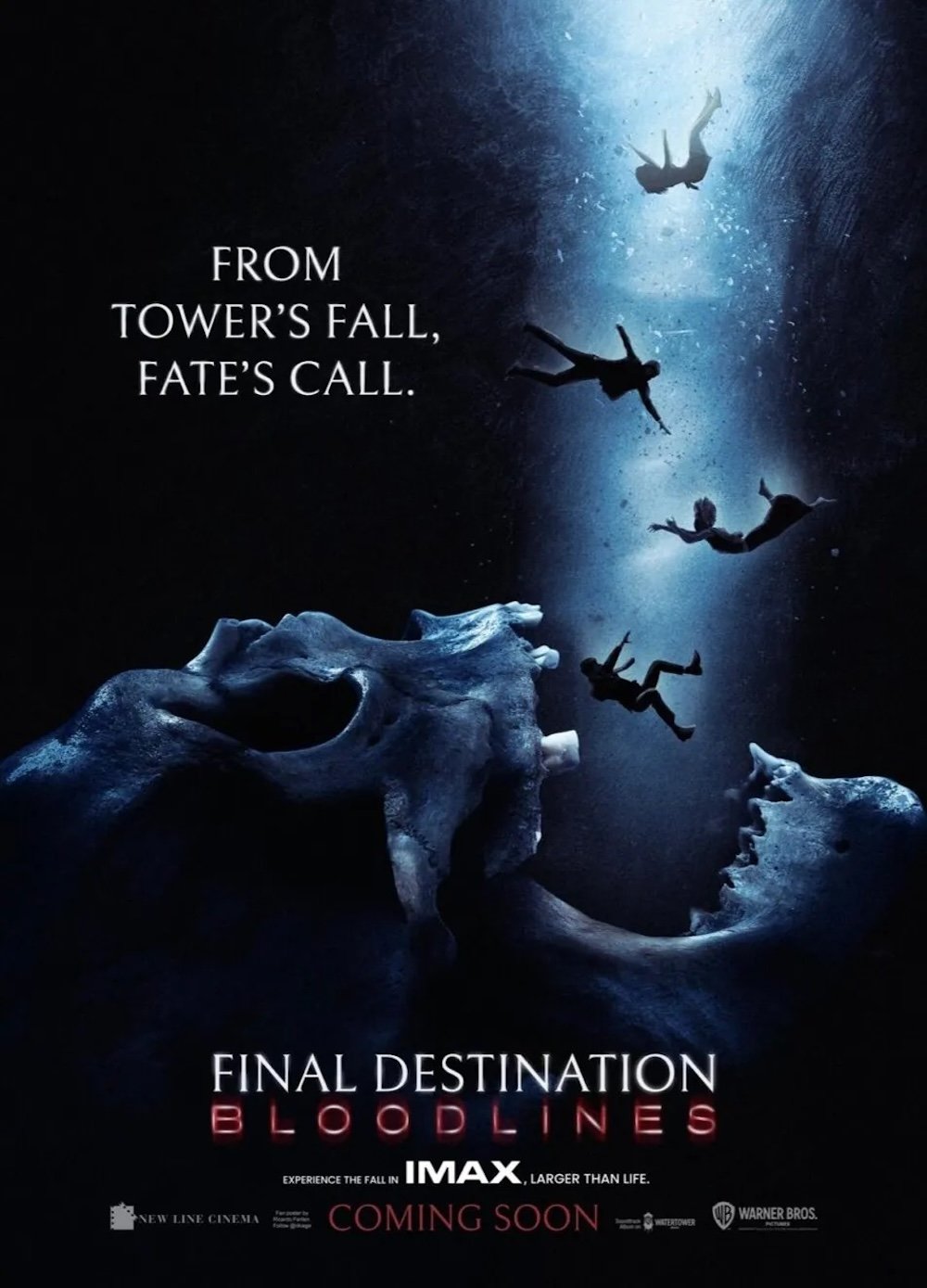A Critical Look At The Count Of Monte Cristo: Strengths And Weaknesses

Table of Contents
The Strengths of The Count of Monte Cristo
Compelling Plot and Intrigue
The Count of Monte Cristo is a masterclass in suspense and intrigue. The intricate plot, filled with unexpected twists and turns, keeps readers guessing until the very end. The central narrative of Edmond Dantès's revenge is both compelling and satisfying, expertly weaving together elements of betrayal, imprisonment, and ultimately, retribution. Dumas's masterful storytelling is evident in several key sequences:
- The Escape from Chateau d'If: This pivotal scene showcases Dumas's ability to build suspense and create a thrilling escape narrative. The detailed descriptions of the escape plan and its execution are captivating.
- The Manipulation of Fernand Mondego and Danglars: Dumas brilliantly illustrates Edmond's cunning and intelligence through his manipulation of these key antagonists, highlighting the intricate web of deceit and revenge.
- The Unraveling of the Conspiracy: The gradual revelation of the conspiracy against Edmond, and the meticulously planned retribution, keeps the reader engaged throughout the novel.
These examples demonstrate the power of Dumas's plotting, making The Count of Monte Cristo a thrilling read filled with intrigue, suspense, and masterful storytelling. The revenge plot, a staple of classic literature, is particularly effective here, fueled by believable motivations and executed with precision.
Vivid Characters and Character Development
Beyond its thrilling plot, The Count of Monte Cristo shines due to its richly developed characters. Edmond Dantès's transformation from a naive young sailor to the cunning and vengeful Count is a compelling exploration of character development. His journey is both emotionally resonant and believable, making him a relatable, albeit flawed, protagonist.
- Edmond Dantès's transformation: His journey from innocence to vengeance is gradual and believable, enhancing his complexity.
- Memorable Supporting Characters: Characters like Mercedes, Fernand Mondego, Danglars, and Haydée are not merely archetypes; they are complex individuals with their own motivations, flaws, and ambitions. Even the villains are remarkably well-developed, adding depth and nuance to the narrative. This complex interplay of characters keeps the narrative engaging.
- Moral Ambiguity: The characters are not simply good or bad, but exist in shades of gray. This moral ambiguity adds layers to the narrative.
Dumas’ skill in characterization creates a cast of memorable individuals who drive the plot forward and resonate with readers long after finishing the book.
Exploration of Thematic Depth
The Count of Monte Cristo is not just a thrilling adventure; it's a profound exploration of several complex themes that continue to resonate with readers today:
- Justice and Revenge: The novel grapples with the complexities of justice, questioning whether revenge is ever truly justified.
- Betrayal and Redemption: The themes of betrayal and redemption are central to Edmond's journey, forcing readers to confront their own understanding of forgiveness and second chances.
- Social Commentary: Dumas subtly incorporates social commentary on themes like class inequality, corruption, and the dangers of unchecked ambition.
The novel's thematic depth enhances its enduring appeal, making it relevant to contemporary audiences. The exploration of moral ambiguity adds another layer of complexity, leaving the reader pondering these themes long after finishing the book.
The Weaknesses of The Count of Monte Cristo
Length and Pacing
One of the most frequently cited criticisms of The Count of Monte Cristo is its considerable length. While the length allows for rich character development and a complex plot, it also leads to pacing issues in some sections.
- Convoluted Plot Points: Certain plotlines feel overly convoluted or drag, disrupting the narrative flow and potentially losing the reader's attention.
- Lengthy Descriptions: While descriptive passages enhance the atmosphere, some feel excessively lengthy, interrupting the pacing.
- Streamlining Suggestions: A more concise narrative could have strengthened the impact of certain key events and maintained a faster pace.
This length, while contributing to the novel’s richness, is also a potential weakness hindering reader engagement.
Melodramatic Elements and Sentimentality
Some aspects of the novel lean towards melodrama and sentimentality, which may detract from the narrative for certain modern readers. While these elements were common in 19th-century literature, they can sometimes feel overly dramatic or excessive.
- Exaggerated Emotional Responses: Characters often display exaggerated emotional responses that feel out of sync with the overall tone.
- Over-the-top Descriptions: The descriptive language, while often evocative, can occasionally veer into the overly dramatic.
- Impact on Narrative: This sentimentality, while contributing to the emotional engagement with some readers, can feel excessive to others.
These melodramatic elements are a point of contention for those who prefer a more restrained narrative style.
Inconsistencies and Plot Holes
Despite its overall brilliance, The Count of Monte Cristo contains a few inconsistencies and plot holes that can impact the reader's suspension of disbelief.
- Unclear Motivations: The motivations of some minor characters seem underdeveloped or inconsistent.
- Convenient Coincidences: Certain events rely on convenient coincidences that stretch the bounds of plausibility.
- Impact on Credibility: These flaws, while not fatal to the overall narrative, do slightly weaken its credibility and realism.
These inconsistencies, although minor in the grand scheme of the novel, serve as points of critique for those seeking flawless narrative consistency.
Conclusion: A Balanced Perspective on The Count of Monte Cristo
The Count of Monte Cristo remains a powerful and enduring work of literature. Its compelling plot, memorable characters, and thematic depth are undeniable strengths. However, the novel's considerable length, melodramatic elements, and minor inconsistencies are equally important to acknowledge. This balanced perspective reveals the complexity of Dumas’s masterpiece. Its enduring appeal lies in its ability to engage readers despite its flaws. We encourage you to further explore the complexities of The Count of Monte Cristo, critically analyzing its strengths and weaknesses to fully appreciate its enduring legacy. Critically analyze The Count of Monte Cristo for yourself, and evaluate the strengths and weaknesses to form your own informed opinion.

Featured Posts
-
 Fox News And Charissa Thompson Setting The Record Straight On Her Exit
May 04, 2025
Fox News And Charissa Thompson Setting The Record Straight On Her Exit
May 04, 2025 -
 Is Dustin Poiriers Retirement A Mistake Paddy Pimblett Weighs In
May 04, 2025
Is Dustin Poiriers Retirement A Mistake Paddy Pimblett Weighs In
May 04, 2025 -
 Im Sad Tony Todds Final Destination Bloodline Role
May 04, 2025
Im Sad Tony Todds Final Destination Bloodline Role
May 04, 2025 -
 The High Cost Of Offshore Wind Impact On Industry Investment
May 04, 2025
The High Cost Of Offshore Wind Impact On Industry Investment
May 04, 2025 -
 Teddy From Britains Got Talent Performance Update
May 04, 2025
Teddy From Britains Got Talent Performance Update
May 04, 2025
